Food innovators:
The health and sustainability credentials of seaweed have inspired a new crop of food entrepreneurs. In 2015, researchers at Oregon State University patented a new strain of dulce seaweed, which they were developing as fish feed, when they discovered that, when fried, it tastes like bacon. To get your complete ‘healthy junk food’ kick, perhaps you could add a couple of ‘slices’ of dulce bacon to your Weed Burger which already has seaweed in the soya burger patty, the bun and sauce. Or maybe you want to cook up your own fried chicken from some Waitrose chicken fed on a omega-3 rich seaweed diet? Overcoming the taste barrier, in much the same way as people are trying to make edible insects palatable by turning them into muffins and snack bars, could turn seaweed into a more common feature in our diets.
Bioplastics:
Indonesian company Evoware, one of six innovators shortlisted for Ellen MacArthur Foundation’s “New Plastics” Circular Design Challenge, is piloting multiple applications for its bioplastics made from farmed seaweed. Some of its range is edible, while others, targeted at personal care products, are biodegradable and so have potential to stem the tide of plastic pollution flowing into our oceans.
Textiles:
Seacell is a fabric, created by German company Smart Fiber, in which seaweed is combined with more traditionally used cellulose fibres from wood to create a smoother, softer fibre which claims benefits for people with sensitive skin and carbon neutrality. The marketing narrative of Seacell evokes an image of someone strolling along a beach, harvesting wild seaweed with great respect for nature: describing “gentle” harvesting of seaweed as a “sustainable process” The reality of the industry is quite different, most growth in production will come from aquaculture. A credible standard to backup claims of sustainable seaweed harvesting is definitely needed if the predicted growth in seaweed use is to happen without environmental destruction, particularly when you consider the huge volumes that could be in demand for biofuels…
Biofuels:
Achieving the commercial efficiency and scale to supply large volumes for the biofuel industry is still proving challenging. Back in 2008, Richard Branson proclaimed that biofuel from algae would be the future after Virgin completed the first flight using conventional biofuel and were heavily criticised for using biofuel based on edible crops. Virgin has since diverted its attention to LanzaTech – jet fuel from CO eating microbes – but elsewhere the interest in algae for biofuels is still strong, although some companies have shifted focus to more lucrative nutrition and personal care products because the economics are proving difficult.
Seaweed can be used to make bioethanol, potentially replacing use of crops such as corn and sugar-cane which are commonly used at the moment. Researchers at University of California are one of the latest to receive funding under the US Government’s MARINER Funding Stream (Macroalgae Research Inspiring Novel Energy Resources) which, in September, announced $22 million funding for 18 innovative projects which can help establish US as a leader in marine biomass production.
Achieving scale for biofuels
Achieving the production efficiency needed to make seaweed economically viable for biofuel production at scale is a key barrier to further growth, hence the focus of investment into technologies to assist with this. The signs are good that the industry is well on the road to achieving efficient production and processing at scale, and so it is likely that the use of seaweed and algae across many sectors will grow even more rapidly in future.
Over the last 10 years, there has been a steady stream of investment into other global projects seeking to commercialise seaweed and algae biofuels. These include a USD 275 million investment from South Korea to produce nearly 400 million gallons a year of ethanol using seaweed by 2020, by creating an offshore seaweed forest approximately 86,000 acres in size.
The UK has been eyeing up the potential of commercial seaweed production. In March last year, the Scottish Government approved regulations for commercial seaweed production, paving the way for operations such as Scottish Association for Marine Science at Oban, which is setting up a one-acre trial site for commercial production of cold water seaweed species.
The University of California team, funded through MARINER, will be exploring the potential for growing giant kelp in deep water farms. The kelp can grow up to 1.5 meters a day taking up nutrients from surrounding water. The team’s focus is developing underwater robotic and above-water drones to enable kelp farm managers monitor and manage their crops efficiently. The United States has the world’s largest marine economic zone, an area of coast and ocean equivalent to its entire land area so it’s easy to see why the investment makes sense.
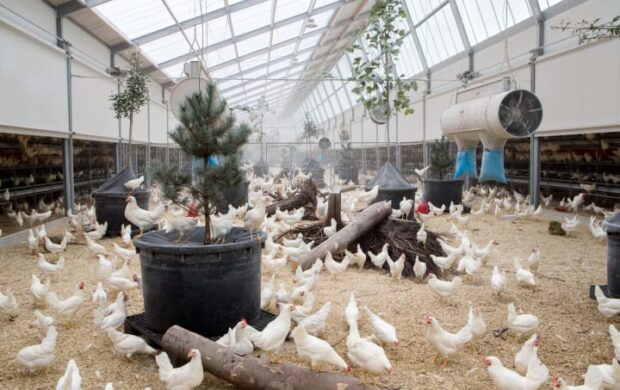
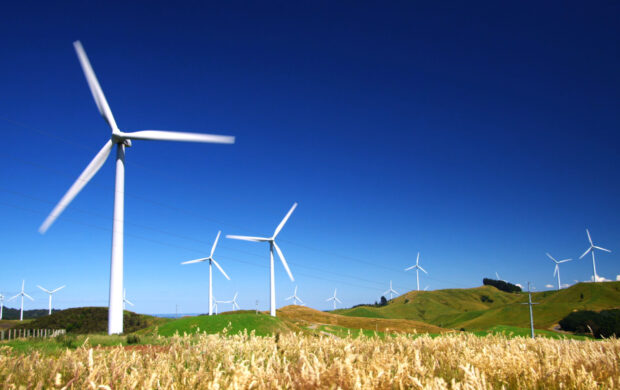

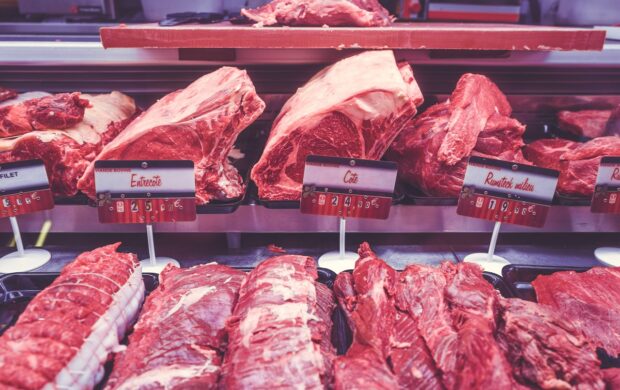
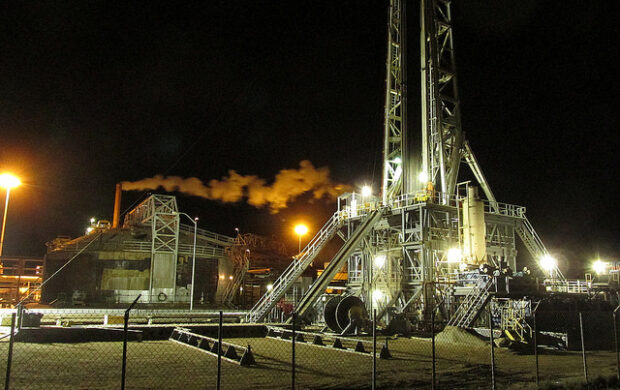
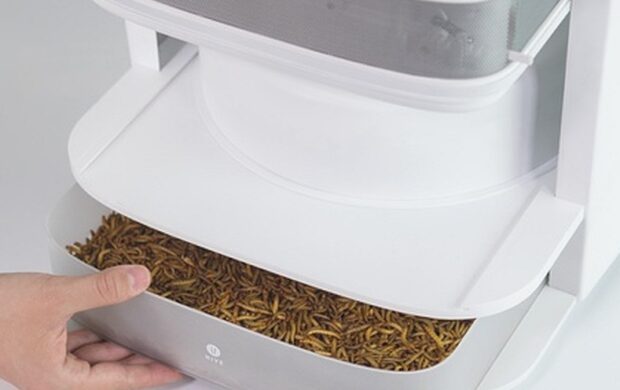


Join discussion